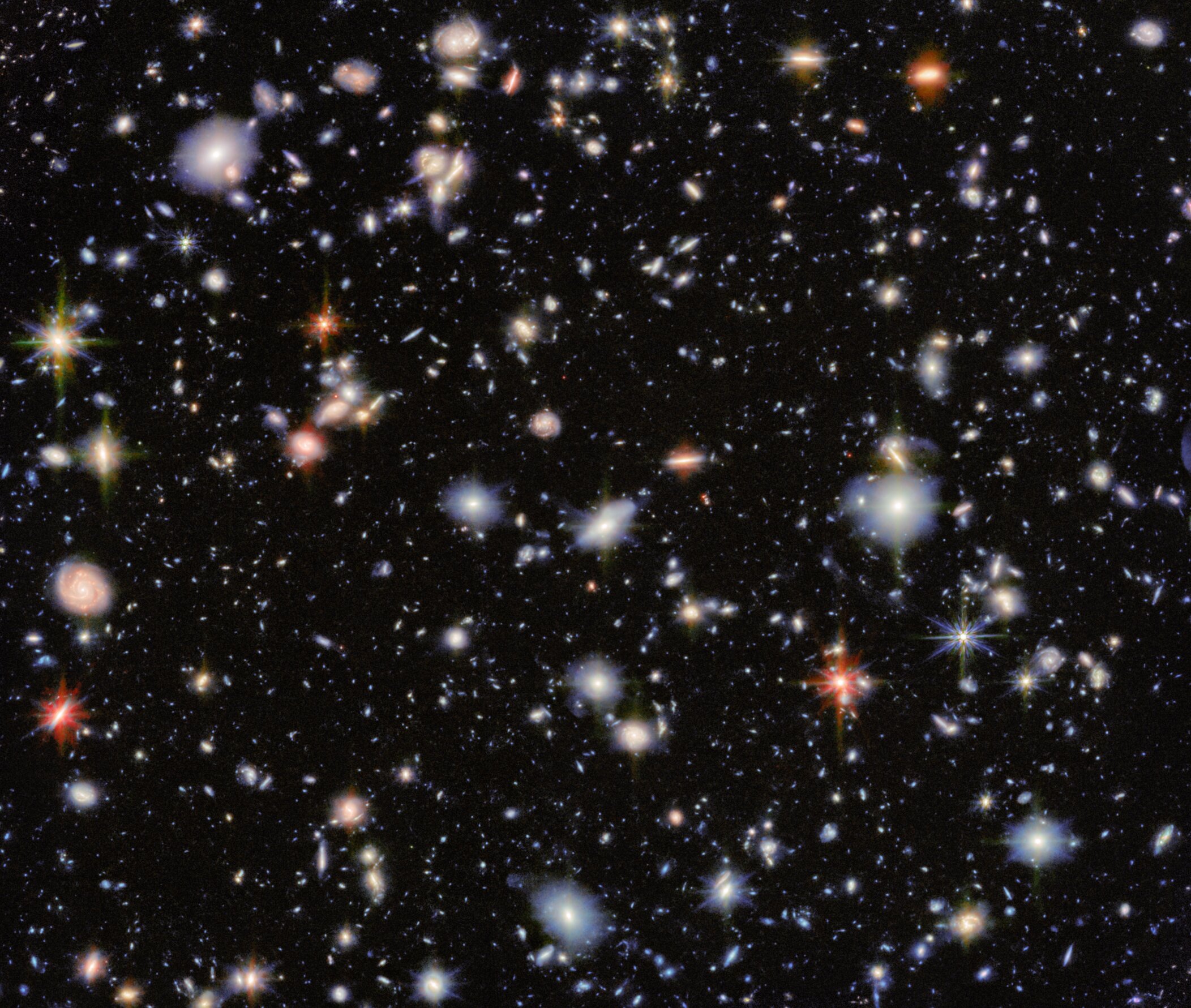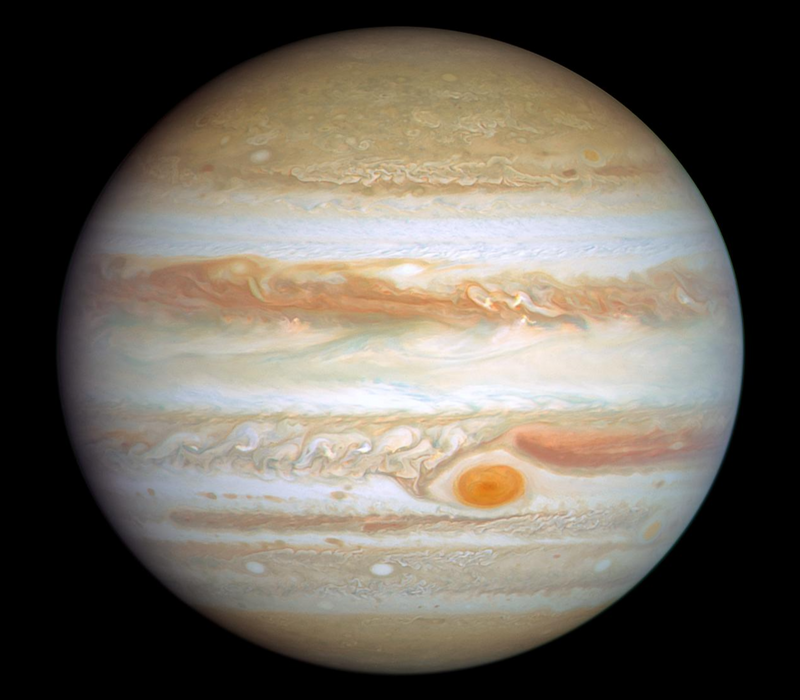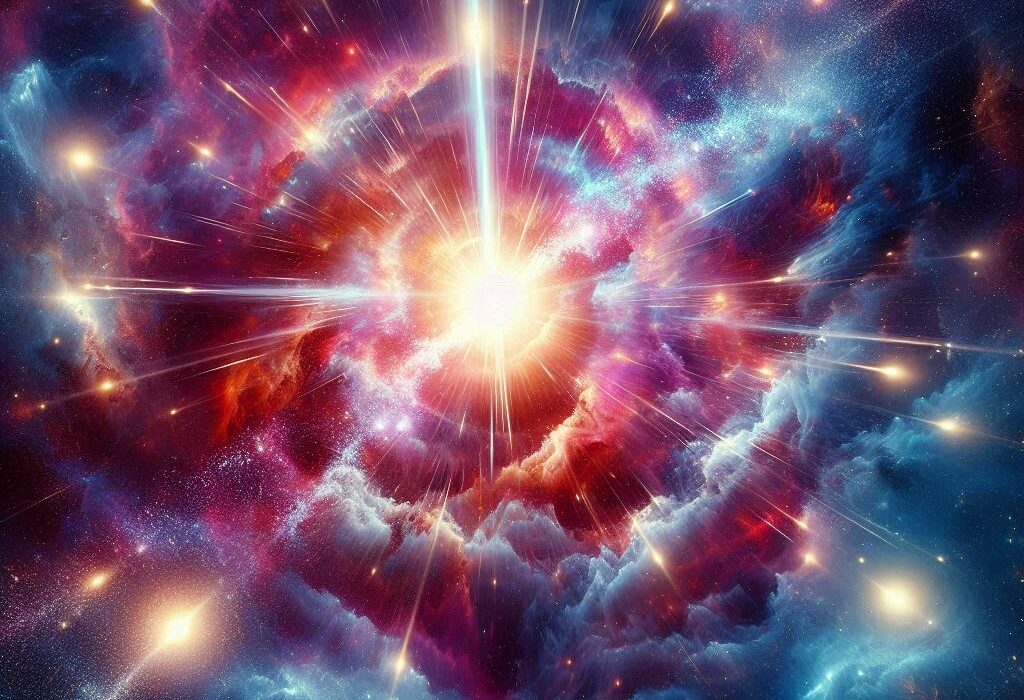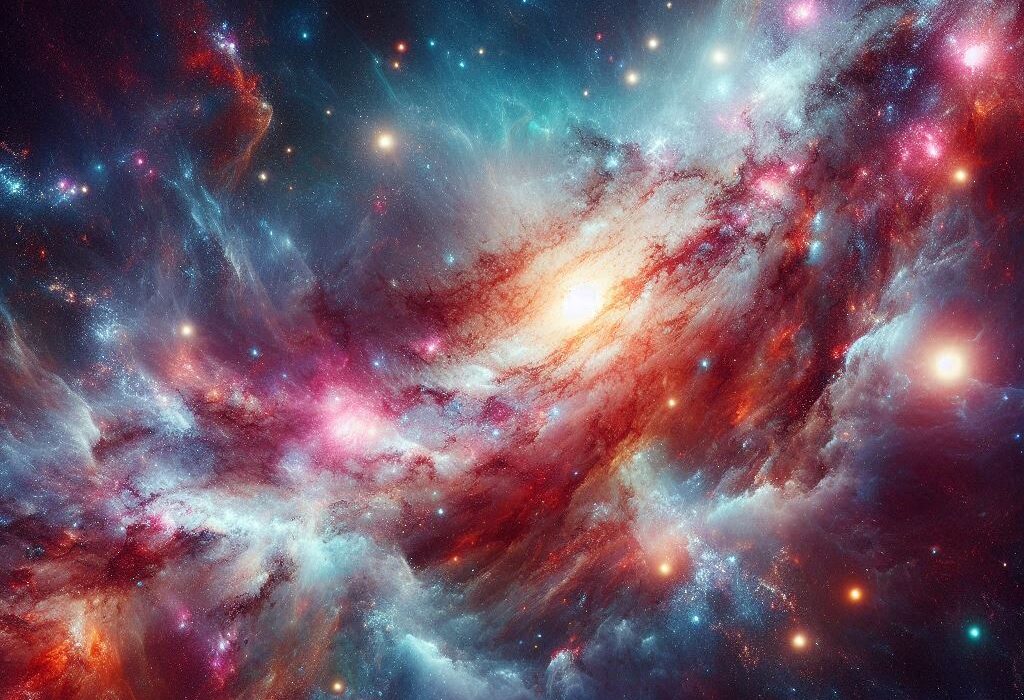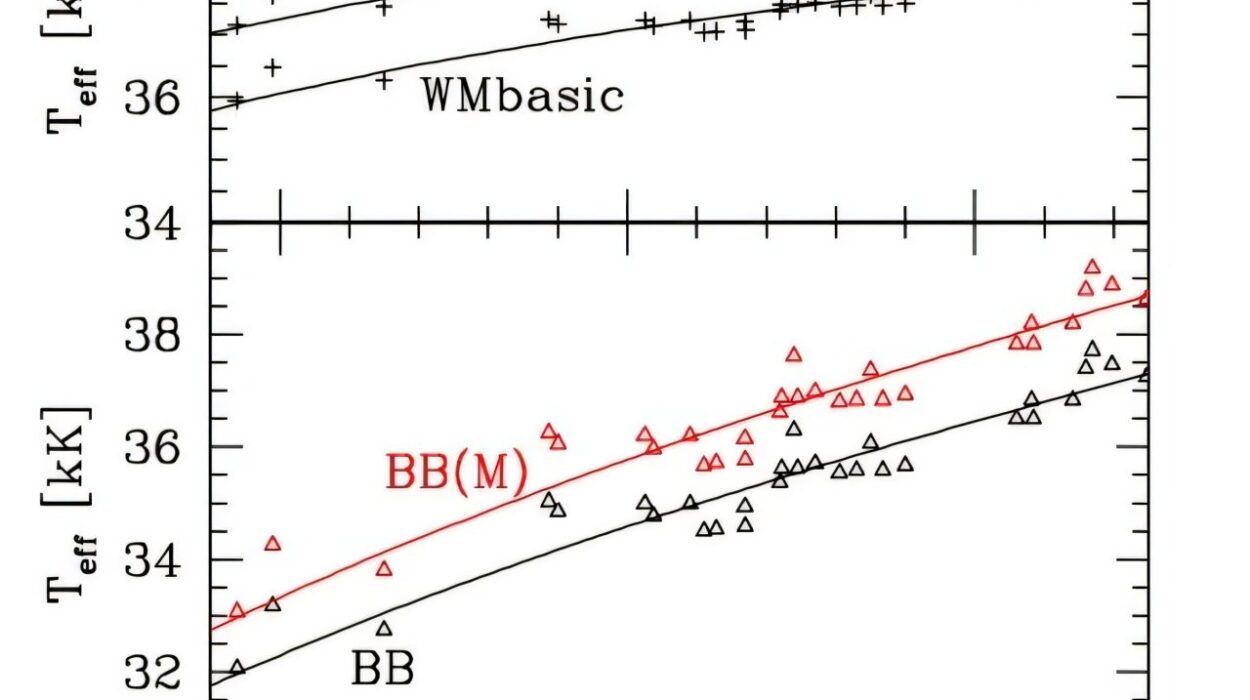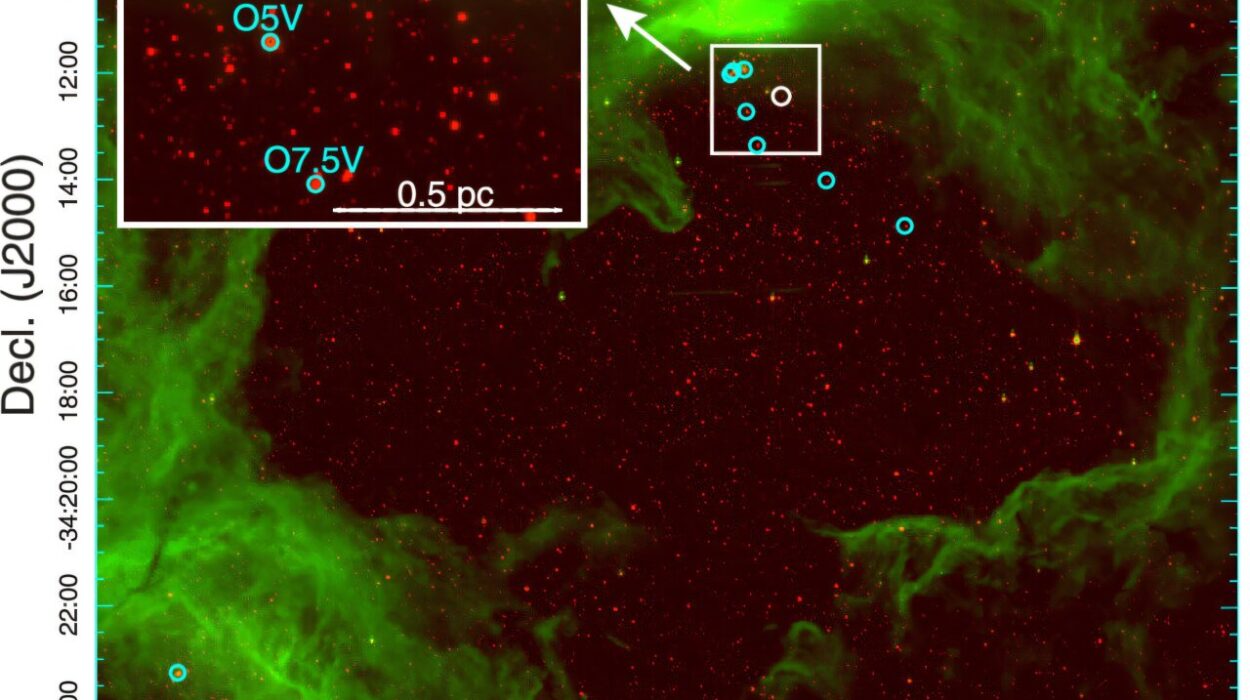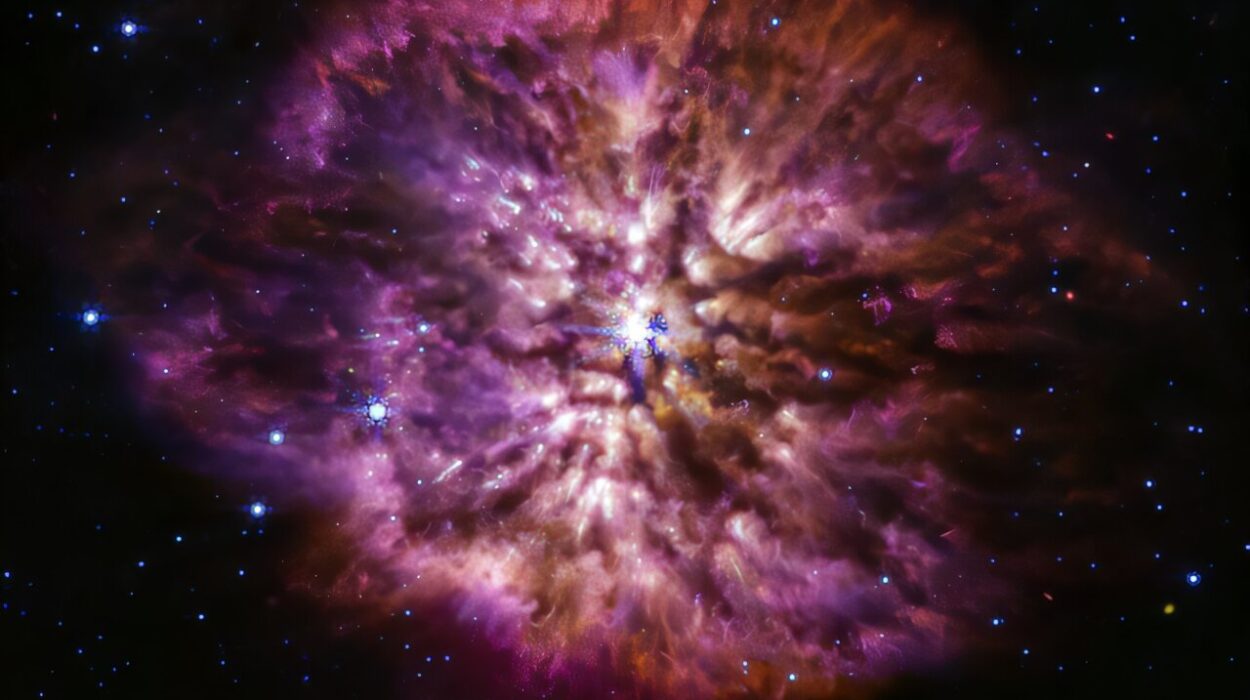For centuries, humanity has gazed at the night sky, wondering how the cosmos began. Now, thanks to the James Webb Space Telescope (JWST) and its cutting-edge MIRI infrared camera, we are seeing the universe as it appeared more than 13 billion years ago. For the first time, astronomers can observe the earliest galaxies in long-wavelength infrared light, opening a window to the universe’s infancy and offering unprecedented insights into how the first stars and galaxies formed.
A New Way to See the Cosmos
The universe’s first galaxies are incredibly faint and distant. Their light has traveled for billions of years, stretching into the infrared as space itself expands. This is where JWST’s Mid-Infrared Instrument (MIRI) comes in. Unlike previous telescopes, MIRI can detect mid-infrared light, allowing astronomers to peer through cosmic dust and study galaxies that were once invisible.
“In the images, we can see the most distant galaxies known to us,” says Göran Östlin, Professor of Astronomy at Stockholm University. These observations are not just snapshots—they are long, patient exposures, totaling nearly 100 hours, capturing the faint glow of stars that formed close to the dawn of time.
Unlocking the Hubble Ultra Deep Field
The research team focused on the Hubble Ultra Deep Field (HUDF), a small patch of sky that has been studied extensively by Hubble, JWST, and powerful ground-based telescopes such as the Very Large Telescope (VLT) and ALMA. The HUDF has long been a treasure trove for astronomers, but MIRI brings a new layer of understanding.
“What is unique about our observations is that they are made in mid-wavelength infrared light and with an extremely long exposure time,” Östlin explains. This combination allows scientists to study the galaxies’ ancient starlight, providing clues about their formation and evolution over 13 billion years ago.
Closer to the Big Bang
Previous observations of distant galaxies primarily focused on newborn stars. But MIRI’s infrared vision allows astronomers to detect stars formed even earlier, closer to the time of the Big Bang.
“With MIRI, we can estimate the number of stars that formed near the very beginning of the universe,” says Jens Melinder, a researcher at Stockholm University. “This gives us the opportunity to study how the first galaxies evolved in the early days of the cosmos.” In essence, JWST allows us not just to see galaxies, but to trace their earliest life stories—how stars ignited, galaxies took shape, and cosmic structures emerged.
Dust, Elements, and Hidden Black Holes
Many early galaxies are shrouded in thick clouds of interstellar dust, which absorbs visible light from stars and makes them difficult to study. Infrared light, however, can penetrate this dust, revealing what lies behind. MIRI’s observations are allowing astronomers to explore these hidden galaxies in detail.
“By observing these dusty galaxies, we can understand how quickly heavier elements formed in the early universe,” Melinder explains. These elements, created by stellar processes, eventually become the building blocks of planets and life. Some of these galaxies also host supermassive black holes, wrapped in hot rings of dust. JWST provides a unique opportunity to study how these cosmic giants evolved alongside their host galaxies.
A Treasure Trove for the Global Scientific Community
In a move that underscores the collaborative spirit of modern astronomy, the research team has made all images and measurements publicly available. Scientists worldwide can download and use the data to explore the early universe.
“We have contributed brand new data that will be used in the future by researchers studying galaxy evolution and the formation of the first galaxies,” says Melinder. The HUDF is already one of the most studied regions of the sky, and these new infrared observations will add another layer of knowledge for decades to come.
Looking Forward
The images captured by JWST’s MIRI camera are more than just beautiful pictures; they are keys to understanding our cosmic origins. Each galaxy, each glowing cluster of stars, tells a story about the birth of matter, the emergence of structure, and the evolution of the universe itself. For astronomers, these observations mark the beginning of a new era—an era in which we can finally witness the first chapters of the cosmic story written over 13 billion years ago.
As humanity continues to explore the universe, the James Webb Space Telescope promises to reveal more mysteries, pushing the boundaries of what we know and expanding our imagination about the cosmos. For those of us on Earth, it is a reminder that even after billions of years, the universe still holds secrets waiting to be discovered—and that our curiosity will forever drive us to look up, to wonder, and to explore.
More information: Göran Östlin et al, MIRI Deep Imaging Survey (MIDIS) of the Hubble Ultra Deep Field, Astronomy & Astrophysics (2025). DOI: 10.1051/0004-6361/202451723
